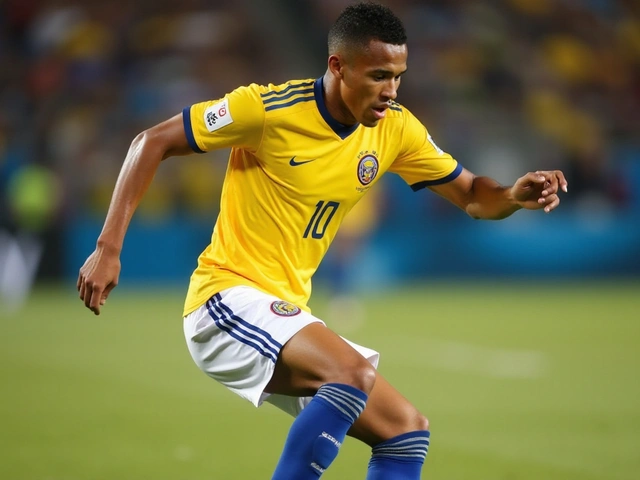CAF – African Football Hub for News, Analysis & Updates
When talking about CAF, the Confederation of African Football, the body that runs the sport across the continent. Also known as African Football Confederation, it oversees national team tournaments, club competitions and development programmes. The African Cup of Nations, the premier national team championship in Africa falls under its remit, as does the CAF Champions League, the top club competition across African leagues. CAF works closely with FIFA, the global governing authority for football to align calendars, enforce rules and promote the game worldwide.
One key attribute of CAF is its tournament structure. It organizes the African Cup of Nations every two years, featuring 24 nations competing for the continental crown. The event drives national pride, boosts tourism and creates a showcase for African talent. At the club level, the CAF Champions League runs from August to May, grouping champions from domestic leagues into knockout stages that culminate in a final showdown. Both competitions rely on a clear qualification system, strict licensing criteria, and a revenue‑sharing model that helps smaller federations grow.
Another important entity linked to CAF is the African Football Confederation’s development arm. This department runs coaching courses, youth academies and grassroots initiatives that aim to raise the overall standard of play. For example, the CAF Youth Development Programme provides scholarships to promising players from under‑represented regions, while the CAF Coaching Licence ensures coaches meet international benchmarks. These efforts feed directly into the talent pool seen at the African Cup of Nations and the Champions League, creating a pipeline from local pitches to the global stage.
How CAF Connects Nations, Clubs and Players
CAF’s role extends beyond organizing tournaments. It sets disciplinary standards, mediates disputes between national associations and club sides, and collaborates with FIFA on matters like anti‑doping and match‑fixing prevention. The Confederation also negotiates broadcasting rights, which generate vital income for member associations. In practice, a strong CAF‑FIFA partnership means African teams get slots at the World Cup, while African clubs gain entry to global competitions such as the FIFA Club World Cup.
The impact of CAF can be seen in the rise of star players who dominate both domestic leagues and European clubs. Players like Mohamed Salah, Sadio Mané and Pierre Ekwah started in CAF‑affiliated academies before moving abroad. Their success stories illustrate how CAF’s talent‑identification pathways link grassroots football to elite performance. When these players return for national duty, they raise the profile of the African Cup of Nations and inspire the next generation.
From a fan’s perspective, CAF’s calendar creates a rhythm of excitement throughout the year. The African Cup of Nations delivers a burst of drama every two years, while the Champions League offers weekly intrigue as clubs battle for continental glory. Additionally, CAF’s women’s competitions, such as the Women’s Africa Cup of Nations, are gaining traction, showcasing the growing depth of African football across genders.
For journalists and analysts, understanding CAF’s structure helps decode why certain decisions are made. For instance, the shift to a 24‑team format for the African Cup of Nations was driven by CAF’s desire to increase participation and revenue. Similarly, the introduction of VAR in CAF tournaments reflects its alignment with FIFA’s technology agenda. These policy moves shape the narrative around African football and influence how stories are reported.
Looking ahead, CAF is focusing on digital transformation, stadium upgrades and sustainable financing. New initiatives aim to modernise ticketing, improve fan engagement through social media, and ensure matches meet international broadcasting standards. As these projects roll out, they will affect everything from player exposure to sponsor interest, making the CAF ecosystem more attractive for global partners.
Below you’ll find a curated set of articles that dive deeper into each of these areas – from tournament previews and player profiles to policy analysis and behind‑the‑scenes looks at CAF’s operations. Whether you’re a casual fan, a coach, or a media professional, the collection offers practical insights that help you stay informed about African football’s ever‑evolving landscape.






